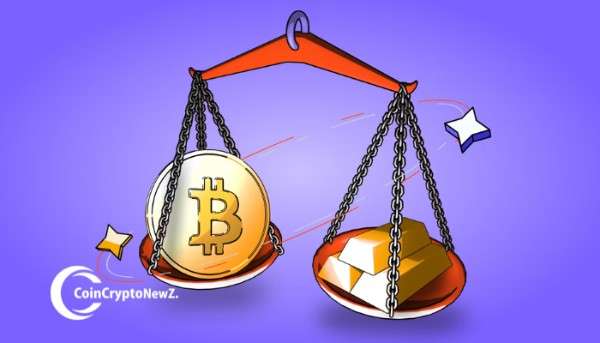- Bitcoin nears the 2024 resistance level of $93,752, a potential bullish breakout zone.
- A successful flip could propel BTC toward $175,000–$250,000 by 2025’s end.
- Market uncertainty fuels debate over a possible pullback to $50,000.
Bitcoin (BTC) is making headlines as it edges closer to a critical resistance level that previously served as support in 2024, according to a detailed chart analysis shared by renowned crypto analyst@rektcapital. The 12-month chart, created using TradingView, highlights BTC’s price action, with the current level hovering around $93,287.13, just below the significant $93,752 mark.
This resistance zone, if breached, could signal a bullish continuation, potentially igniting the next leg of Bitcoin’s upward trajectory. The chart reveals a historical dip in 2024, marked by a notable red candle, followed by a steady recovery, underscoring the asset’s resilience amid market volatility.The analysis suggests that reclaiming this level could validate a bullish flip, a scenario eagerly watched by traders.
However, the presence of bearish sentiments, as seen in community reactions on X, raises questions about a possible pullback or even a bear market onset. Factors such as the 200-day EMA support and broader market momentum will be pivotal in determining BTC’s next move. With Bitcoin’s price recently testing key technical indicators, the crypto community is abuzz with speculation—will it break through or retreat to lower support levels like $50,000?This moment is crucial for investors, as a successful breakout could align with predictions of BTC reaching $175,000–$250,000 by year-end, driven by institutional inflows and ETF demand. Conversely, a failure to hold above this resistance might trigger profit-taking, testing the market’s strength. As Bitcoin tiptoes toward this inflection point, all eyes are on the charts, with traders sweating over the outcome.
Disclaimer: This article is for informational purposes only and does not constitute financial advice. CoinCryptoNewz is not responsible for any losses incurred. Readers should do their own research before making financial decisions.







